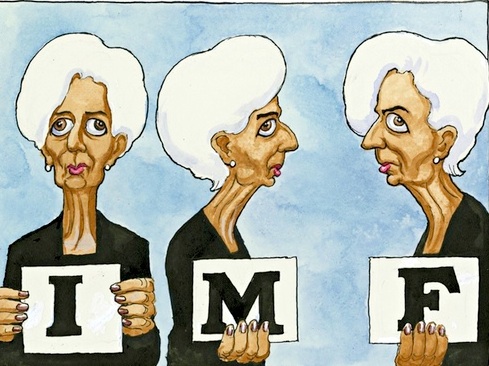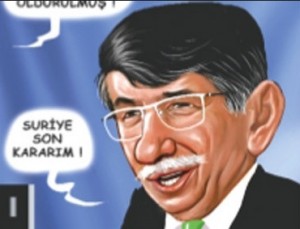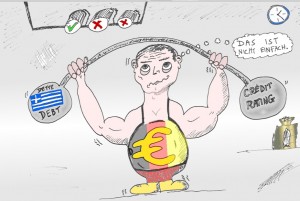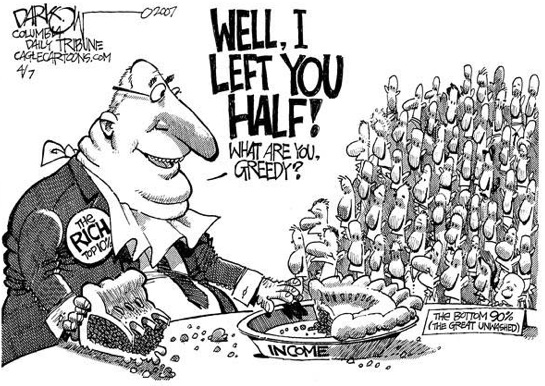Barry Eichengreen writes: Economic pundits, almost without exception, are predicting a stronger dollar in 2015 – an expectation that is leading investors to place some very large bets. The consensus reflects the fact that the United States is currently the only major economy where growth prospects are improving.
The revision was based mainly on personal consumption and business investment – the most stable and persistent components of GDP.
All of this not only enhances confidence that strong US growth will persist; it also reinforces the belief that the US Federal Reserve will begin raising interest rates, conceivably as early as April. For investors, this makes buying dollars even more attractive.
The other major economies, by contrast, are stagnant, slowing, or both. Europe’s economy is dead in the water, and the dreaded specter of deflation is looming ever larger. Because policymakers are out of options, there remains little doubt that the European Central Bank will pursue quantitative easing.
Meanwhile, in Asia, the Japanese economy’s sputtering indicators have spurred the Bank of Japan to increase its securities purchases, which likewise point to the prospect of a weaker yen. And unmistakable signs of slowing growth in China are leading investors to ask, for the first time in years, whether China’s government will seek to engineer a weakening of the renminbi’s dollar exchange rate.
Other emerging markets’ growth prospects are even worse – not least because of low commodity prices.
Where is the strength of the dollar threatened? Because the strength of the dollar is already reflected in the markets, we have to look at fundamentals: the US economy outperforms the consensus forecast and the Fed initiates monetary tightening earlier than anticipated, or other economies’ performance is even worse than expected.
The second risk is that, even based on current growth expectations, investors may have gotten ahead of themselves in anticipating monetary-policy tightening. The Fed will raise interest rates when it senses that the economy is nearing full capacity and that inflation – wage inflation, in particular – is accelerating.
Labor-force participation will be key to shaping this environment. As it stands, the low official unemployment rate can be explained partly by declining participation rates, especially among workers aged 25-54.
But there are now signs that the participation rate of these workers is stabilizing, and may even be set to rise. If it does, the unemployment rate may stop falling, and upward pressure on wages would be limited. The Fed would then delay tightening for longer than anticipated.
Last but not least, unexpected financial problems – which lower oil prices could catalyze – would interrupt US growth and discourage the Fed from tightening.
Such developments would cause US debt yields to spike, disrupting growth. The dollar would become weaker, leaving investors wrong-footed. The dislocations could be severe.
Exchange-rate movements over horizons as long as a year do not function according to theoretical models. The behavior of currency markets has repeatedly confounded and even bankrupted sophisticated investors. With so much currently staked on the market moving in one direction, it is worth contemplating the consequences if this happens again in 2015.










